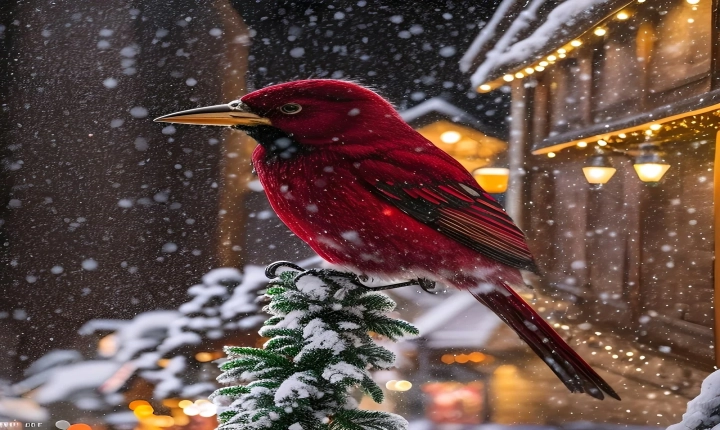Is AI Killing Art?
Art has long been a deeply human form of expression, showcasing creativity, imagination, and emotion. But in today’s rapidly advancing technological landscape, the rise of AI has sparked discussions around its impact on traditional art forms. Some have raised concerns that AI may be killing art, while others argue that AI is actually enhancing artistic expression in new and innovative ways.
One of the greatest apprehensions about the influence of AI on art is the fear of losing the authentic human touch and emotion that has always been central to artistic creation. AI-generated art, created by algorithms and machine learning, can often lack the depth of thought, feeling, and individuality that are inherent in human-made art. Critics worry that as AI becomes more prevalent in the art world, the distinct and personal voice of the artist may become overshadowed by the efficiency and uniformity of machine-generated pieces.
Furthermore, some claim that AI’s ability to produce art at a rapid pace may devalue the traditional creative process. The idea that anyone can generate art with the click of a button raises questions about the significance and reverence for art that is born from years of study, practice, and emotional investment.
On the other hand, proponents of AI in art argue that it opens up a vast array of exciting possibilities. AI can be used as a tool to aid artists in their creative endeavors, providing new techniques and perspectives to explore. By utilizing AI, artists can experiment with new mediums, styles, and ways of thinking that they may not have considered before.
AI can also serve as a source of inspiration, offering fresh and unconventional ideas that challenge traditional artistic norms. It pushes the boundaries of what we consider to be art, introducing us to unconventional forms and styles that may have been previously unexplored. Additionally, AI can provide new avenues for engaging with art, such as interactive installations and immersive experiences that merge technology and traditional art practices.
Furthermore, AI’s capabilities in data analysis and visualization have enabled artists to delve deeper into complex subjects and societal issues. It has facilitated the creation of art that addresses pressing contemporary concerns, shedding light on issues such as climate change, social justice, and mental health.
Despite the concerns about the encroachment of AI on the traditional artistic process, it’s important to recognize that art has always evolved in response to the changing world around it. The advent of photography, film, and digital media all initially sparked similar debates about the future of art, yet these mediums have ultimately enriched artistic expression rather than detracted from it.
In conclusion, the impact of AI on art is undoubtedly a source of contention. While there are valid concerns about the potential loss of human emotion and creativity, the integration of AI into art also offers fresh opportunities for exploration and growth. Ultimately, the relationship between AI and art is a complex and evolving one, and it’s essential to approach it with open-mindedness and a willingness to adapt to the changing landscape of artistic expression. Art is a reflection of the human experience, and as long as the human spirit remains at the core of artistic creation, AI will serve as a complement rather than a threat to the world of art.
